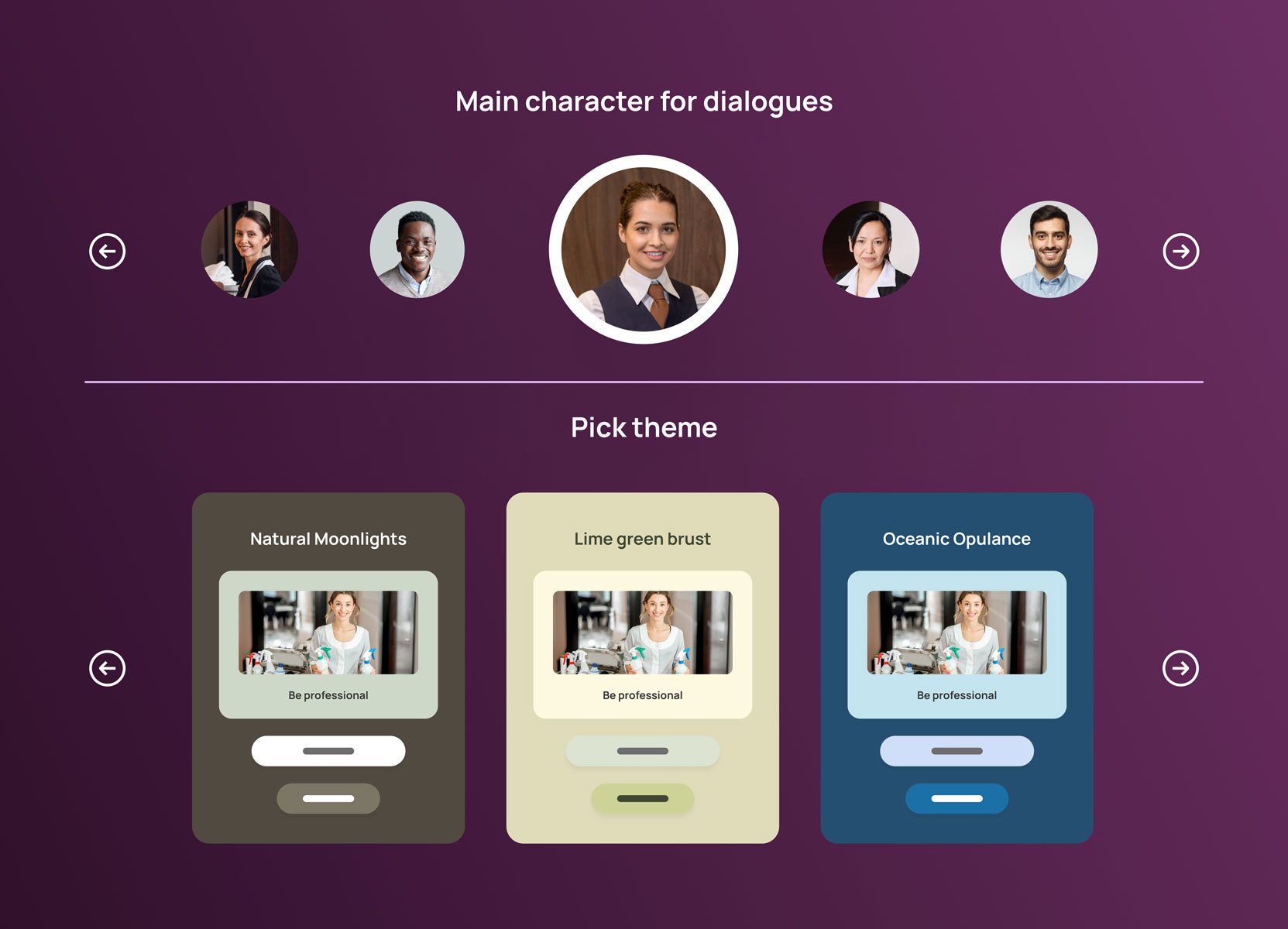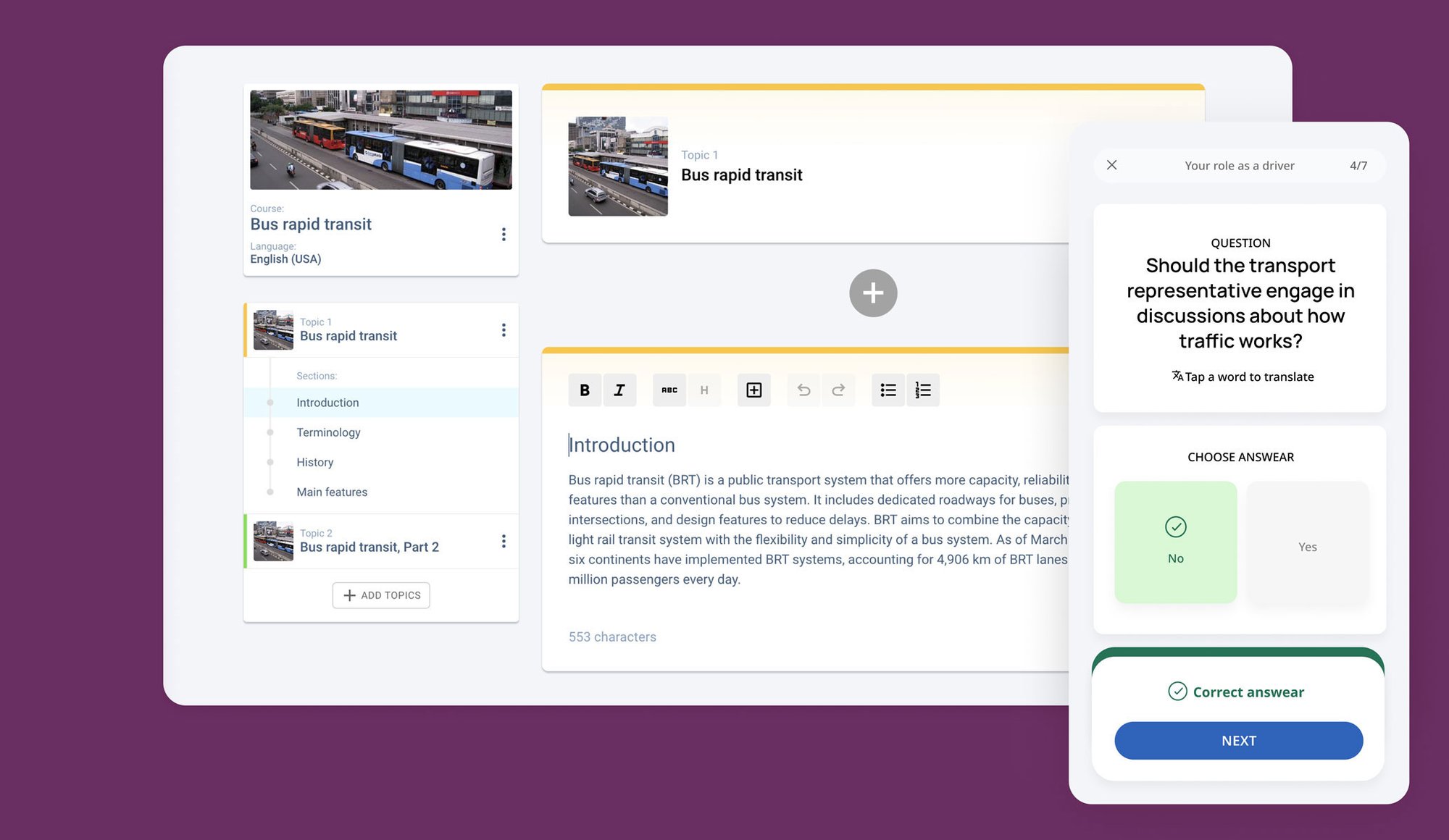Our guidance on how to pick the right training system for your L&D program
With each software type having its own strengths and advantages, it’s crucial to match your selection to your organisation’s unique requirements. This section will advise on the important considerations, helping you decide to optimise your training efforts.
1. Understand your training needs
Understanding your organisational requirements is paramount when choosing a training platform. Different systems cater to various needs, so identifying whether your organisation prioritises structured learning, personalised experiences, or logistical efficiency is essential. Consider the nature of your training programs, compliance requirements, and the level of engagement you seek.
Due to its adaptive learning paths, an LXP may be the best choice for organisations focusing on personalised and engaging learning experiences. Conversely, if managing formal learning programs with a strong emphasis on compliance and structured content delivery is a priority, an LMS would be more suitable. A TMS is ideal for organisations that need efficient training logistics and operational efficiency management.
2. Evaluate the financial impact
The cost of implementing and maintaining a training system is a critical factor in your decision. Initial setup costs, ongoing maintenance, support, and training expenses contribute to the total investment. Understanding the financial implications helps plan your budget and ensures the chosen system aligns with your financial capacity.
If you are willing to invest in advanced AI features for long-term engagement benefits, an LXP might be worth the higher upfront cost. For those seeking a cost-effective solution for structured training needs, an LMS is generally moderate to high in cost. TMS is often more affordable and focuses on logistical efficiency, making it suitable for budget-conscious organisations.
3. Check for scalability and flexibility to support growth
Scalability and flexibility are vital for accommodating growth and evolving training needs. A scalable system can handle increasing users and expanding content, while flexibility ensures the system adapts to new requirements and integrates with other tools seamlessly.
An LXP offers high scalability and flexibility for organisations focused on continuous learning and engagement. LMS supports systematic growth and is suitable for expanding structured training programs. TMS scales efficiently with growth in training logistics and operational needs, making it ideal for managing increased administrative demands.
4. Consider user engagement and satisfaction factors
User engagement and satisfaction are critical to the success of your training programs. A platform that fosters high engagement levels and provides a user-friendly experience for both learners and administrators can significantly enhance the overall effectiveness of your training initiatives. Consider features that promote interaction, personalisation, and ease of use.
LXP enhances learner engagement with personalised, interactive features, making it ideal for organisations aiming to improve learner satisfaction. LMS provides a balanced user experience for structured learning and administration. TMS is more admin-centric and focuses on logistical efficiency, making it best for managing training operations rather than direct learner engagement.
By carefully considering these factors, you can decide which training platform - LXP, LMS, or TMS, best suits your organisation’s needs.






